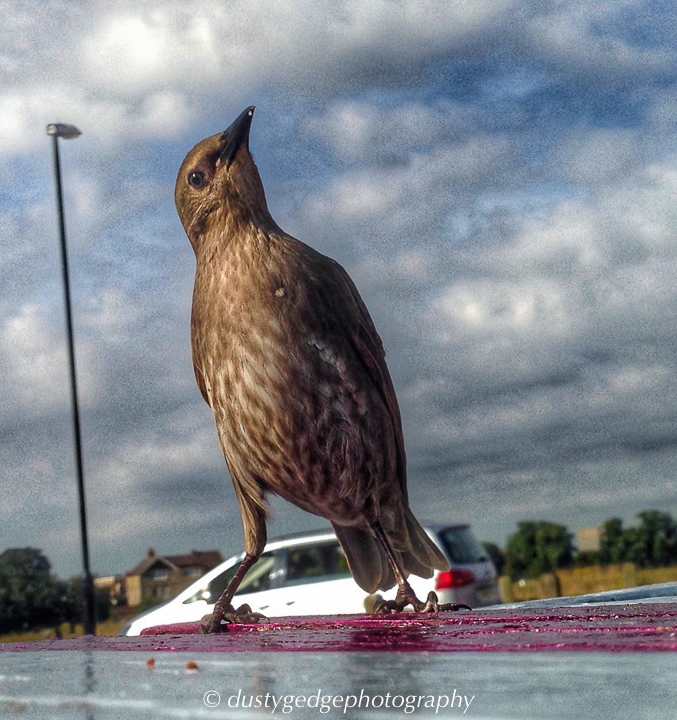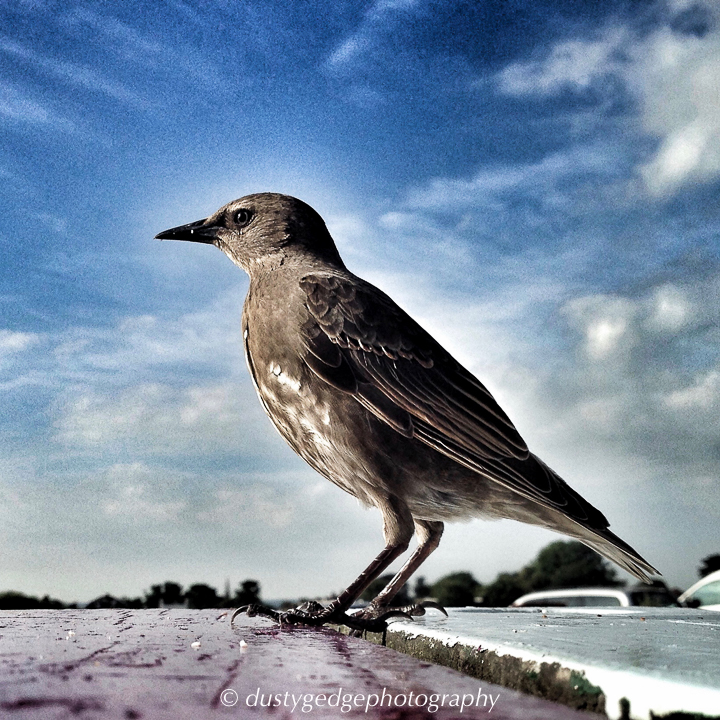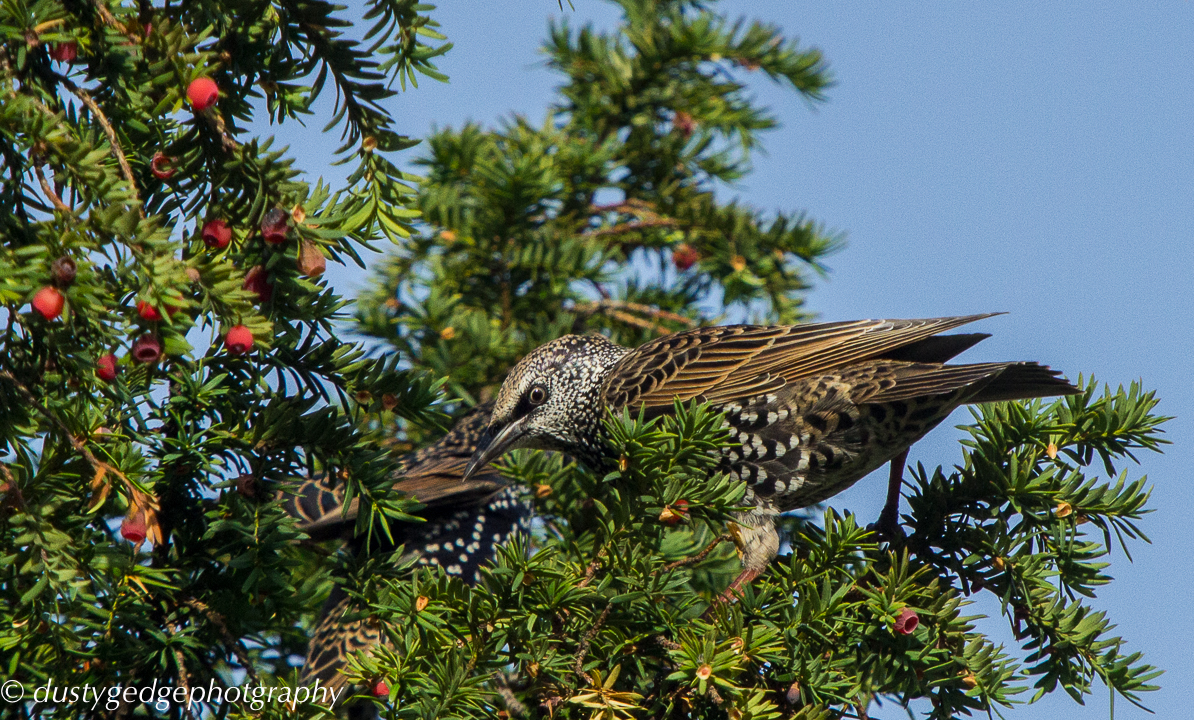Starlings summon up images of great murmurations in the sky. Flocks of wheeling dark dots morphing and merging as they come into roost. Sadly there are no such large gatherings of starlings in London during the winter months.
Starlings in the past
I do, however, remember them. There used to be large flocks that roosted in the West End. I remember seeing them in the early eighties when I visited. Wheeling in from the surroundings parks they would gather high above the theatres. In a moment they would fall to perch and gossip on the buildings around Leicester Square:
Not from aggressive newspaper sellers, but from aerial bombardment from around 100,000 starlings who had taken to nesting in the trees and building alcoves of that green square, and birds being birds, hadn’t been potty trained.’
I still remember there were a few in the late eighties and early nineties. But they have now gone as roosters to my knowledge.
They are still here though, even if nationally there numbers are at a low.
A Breakfast companion
My morning companion at the Blackheath Tea hut eyes my breakfast intently each morning. I can take pictures of him (or her) with my iPhone he is close. At this time of year small murmurations of juveniles scattered up from the Heath when disturbed by walkers.
Winter Flocks and Berry Feasts
The flocks will build and as winter comes they will join other birds seeking sustenance on berry trees. Sadly not in the numbers they used to be. The yew tree that faces onto Blackheath will be a favoured haunt. All over London they will gather from Richmond to the Thamesmead marshes, their numbers augmented by birds from farther a field. They will feed on lawn, field and park, on holly and yew and whatever exotic fruit bearing trees can be found in gardens across the capital.
Nesting time in London’s buildings
Come spring, the pairs will seek out holes in houses and even office blocks. I have seen then nesting in a crevasse of a wall on the Cannon Street station green roof. The whole cycle will start again and another youngster will entertain me at breakfast.
And perhaps, when London does become a national park city, large murmurations will once again wheel into roost on the ornate architecture of Leicester Square.
And poop on cinema goers!



